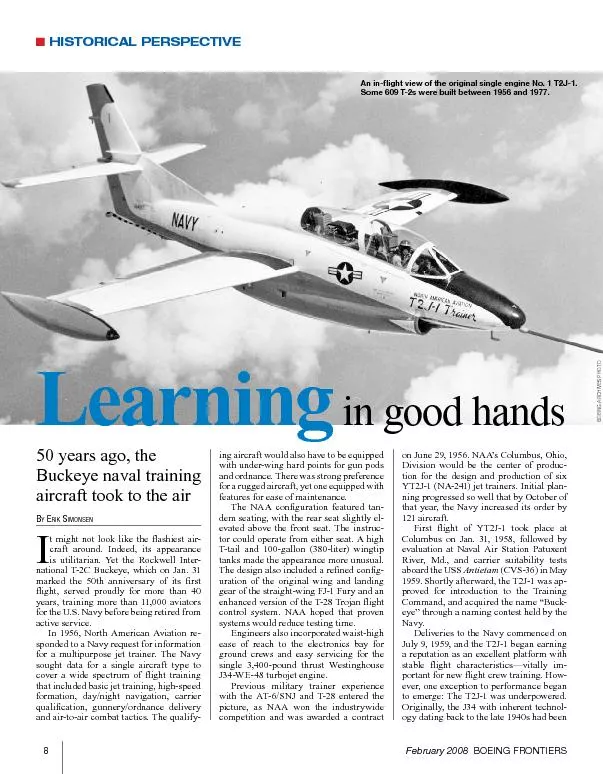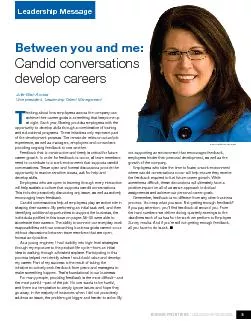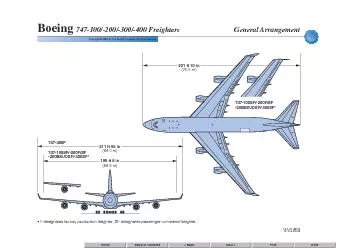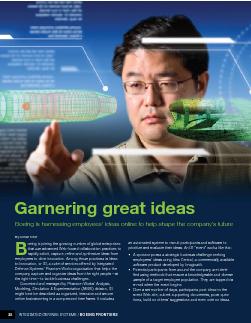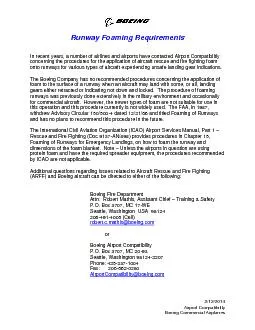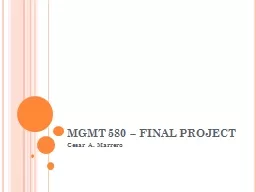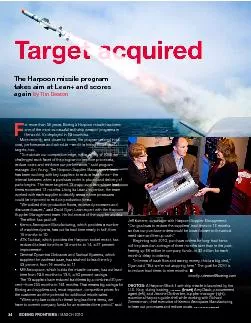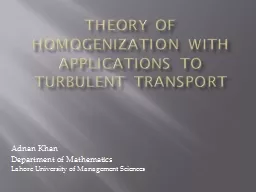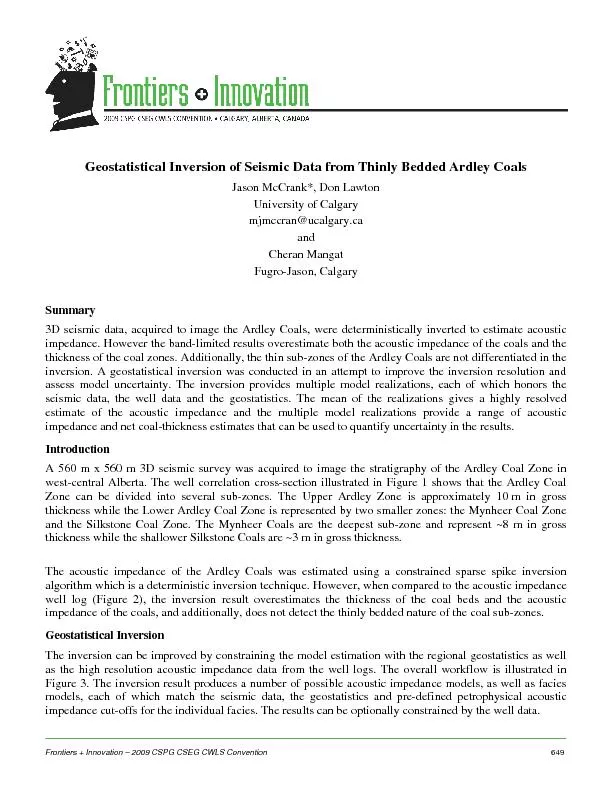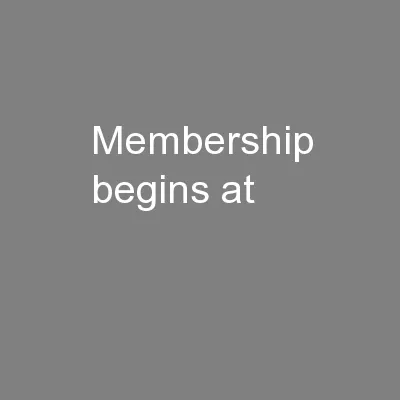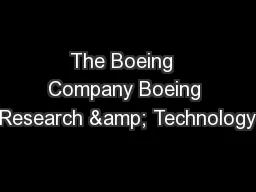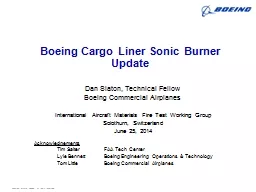PDF-BOEING FRONTIERS
Author : stefany-barnette | Published Date : 2016-04-16
February 2008 8 HISTORICAL PERSPECTIVE Learning in good hands An inight view of the original single engine No 1 T2J1 Some 609 T2s were built between 1956 and 1977 50
Presentation Embed Code
Download Presentation
Download Presentation The PPT/PDF document "BOEING FRONTIERS" is the property of its rightful owner. Permission is granted to download and print the materials on this website for personal, non-commercial use only, and to display it on your personal computer provided you do not modify the materials and that you retain all copyright notices contained in the materials. By downloading content from our website, you accept the terms of this agreement.
BOEING FRONTIERS: Transcript
Download Rules Of Document
"BOEING FRONTIERS"The content belongs to its owner. You may download and print it for personal use, without modification, and keep all copyright notices. By downloading, you agree to these terms.
Related Documents

